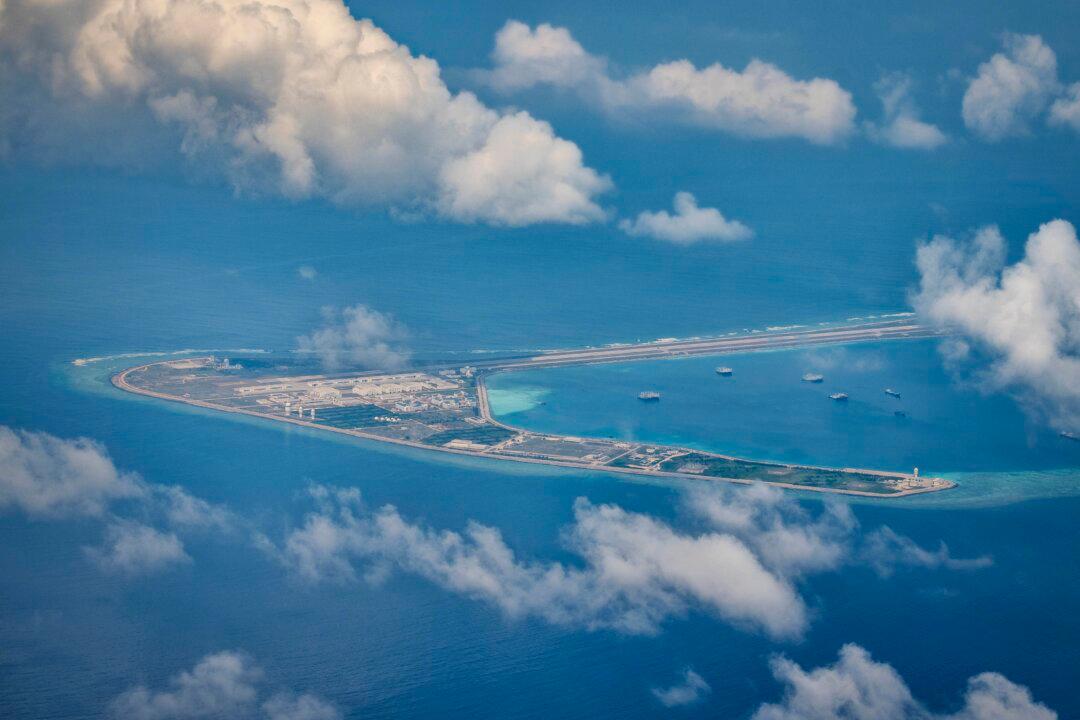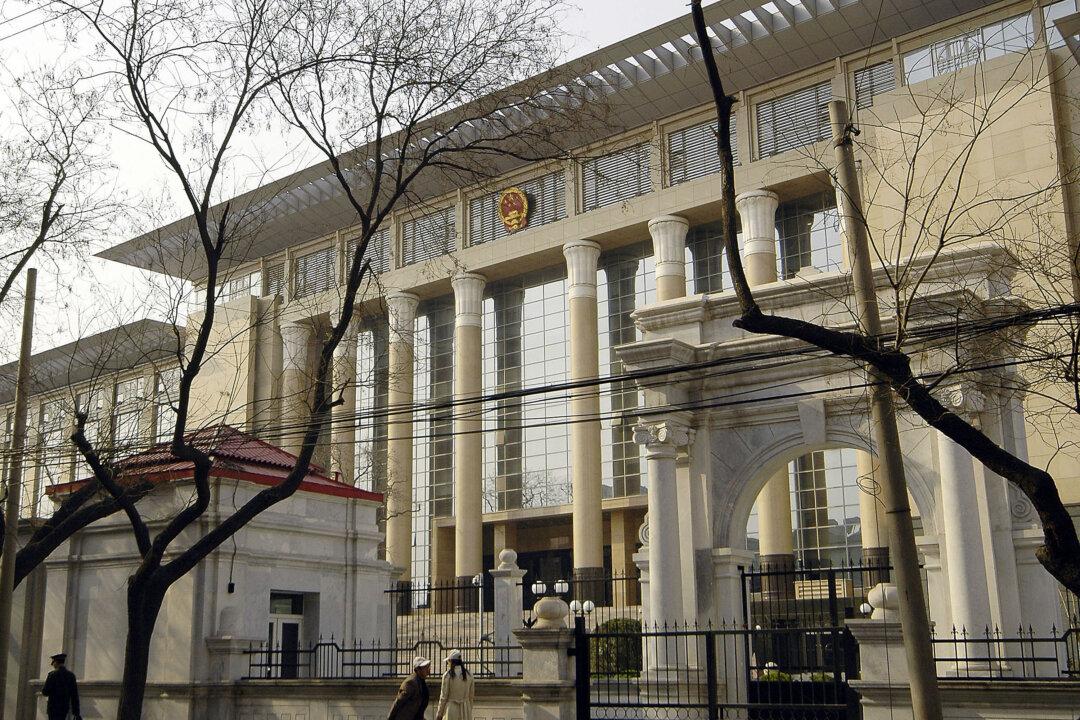Commentary
Hot wars frequently happen where they are least expected, or while attention is diverted elsewhere. The North Korean invasion of South Korea in June 1950, the 1962 Sino-Indian War, the 1994 Rwandan genocide, the 1998–99 Kosovo conflict, and other armed hostilities surprised many by their eruption and intensity. The world has been fixated on Ukraine since the Russian invasion in February 2022, while the Taiwan Strait has been brought into acute international focus by increased People’s Liberation Army (PLA) saber-rattling in the waters and airspace surrounding Taiwan throughout 2022 and 2023.





